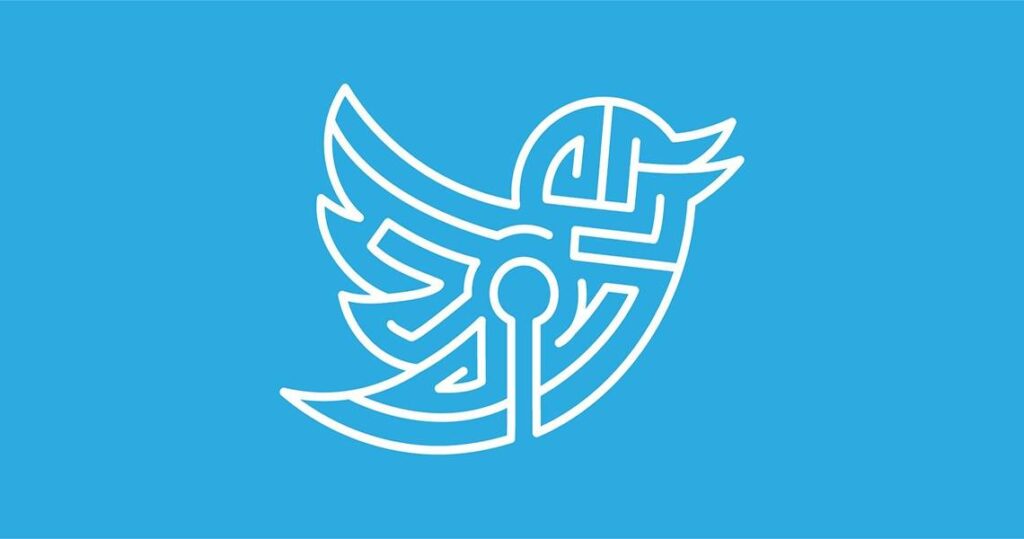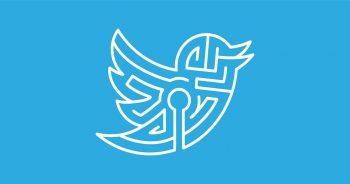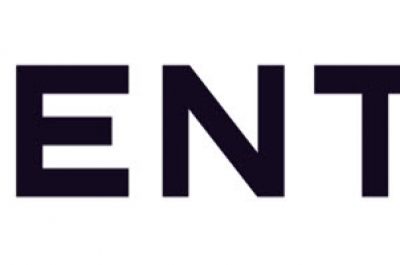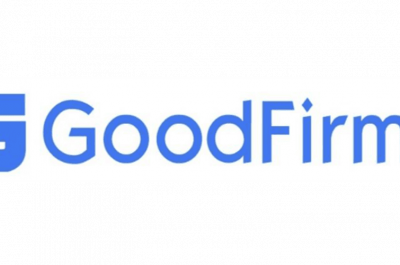Author: Team BRS | 5 minute read
The days of being able to reach your followers by simply posting are long gone. Algorithmic feeds have replaced chronological timelines. They display content based on relevancy rather than recency. These ever-changing algorithms have made it more challenging for brands and digital marketers to see a strong organic reach.
But they’re not impossible to crack. Your audience is being fed content that’s been determined to be important to them – like most social media channels. The easiest, most effective, and seemingly simple way to get ahead is to post content that they engage with.

Twitter ditched its classic reverse chronological ordered feed in 2016 which users were not happy about. It was replaced with an algorithm that was tailored to emphasize what it thinks a user wants to see. The switch was met with 140-character meltdowns that sparked the #RIPTwitter outrage.
But beta tests of the algorithm indicated that user engagement would increase and brands would see an improved organic reach. As vocal as users are about their adamant dislike for algorithmic timelines, they demonstrate their preference for them in every possible metric. This new algorithm altered Twitter marketing strategies.
Now users can decide between the default algorithmic Home feed and the chronological Latest Tweets feed. But after a period on Latest Tweets, the feed will automatically revert to Home.
Home
So appearing on your audience’s Home page is a bit more complicated than it once was. Tweets are scored by a relevancy model, and high scoring tweets (or Top Tweets) are displayed first. The model is powered by deep neural networks that learn over time what content is important to individual users.
It also leverages the modelling capabilities and AI platform built by Cortex, Twitter’s in-house engineering team. It’s basically an extension of the existing While You Were Away or ICYMI feature that’s been around since 2015.
- You: Content you’ve found engaging in the past and how often/heavily you use Twitter.
- A single tweet: Its recency, whether it contains an image or video (whether you engage with images or video), and total interactions.
- The tweet’s author: Your past interactions, the strength of your connection, and the origin of your relationship.
The algorithm even understands when you’ve stopped scrolling long enough to read – just time spent reading a tweet or viewing a profile will affect your timeline. The Home feed will occasionally display what the accounts you regularly engage with are liking. This is an opportunity to get in front of a target audience that’s interested in your content but doesn’t yet follow you.
Consider how your competitors are behaving on Twitter and the type of content they’re sharing. Contributing content that’s related to what your competitor’s followers engage with can place you in their timeline. This is their active, engagement heavy, incredibly valuable audience. With related and interesting content and an intriguing profile, you’ll see an increased engagement.

Thousands of tweets are scanned and scored per second. Then they’re ranked and displayed to Twitter’s 300+ million active monthly users. So how do you stand out?
Tips for Your Twitter Profile
You can use your understanding of Twitter’s algorithm to your advantage. First and foremost, like any social media marketing strategy, you should be posting quality content that is relevant to your audience. Having a great profile will encourage users to explore your account. Having an aesthetically pleasing profile with an eye-catching header and branded avatar (also called an AVI) is essential.
Your Twitter avatar is what your followers are going to associate you with. They shouldn’t be changed often, as to avoid confusion. Twitter headers should be changed and are great for promoting a new product or service while reinforcing your brand.
Come up with a clever bio! You only have 160 characters to do it, so be creative (but on brand) with emojis, hashtags, and mentions. Add your location and link your website. See examples of these brands that need no help:
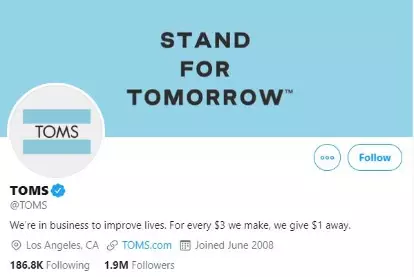
The classic blue @TOMS theme reinforces their brand, and their bio is concisely informative.
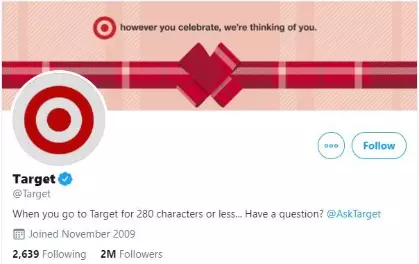
@Target plays on Twitter humor and offers customer service. Their header is great for the holiday season.
Tips for Increasing Engagement
Keep the same energy in your tweets as you have in your profile. Here are some additional pointers for creating engaging tweets:
- Follow your industry leaders and influencers and engage with them without being inauthentic or annoying.
- Be a resource to your followers by educating them about your industry, products, and services.
- Entertain your followers by providing fun but relevant content.
- Take advantage of #hashtags to reach certain audiences.
- But use hashtags wisely and don’t go overboard – even Twitter recommends you use a max of 2 hashtags.
- Don’t do spammy stuff like buying followers or using an automated system to send DMs.
- Make it easy for people to follow you by putting widgets in your website footer and promotional materials.
- Try to tweet at least once a day – but tweet as often as you have quality content.
Monitoring
Twitter is a great digital media to use for listening to your customers and prospects. You should respond to every legitimate mention whether it be positive, negative, a question, an urgent problem, etc. Being available for Twitter chat is essential as real-time responses are expected. The only tweets you should ignore are things from spam accounts that will damage your credibility.
Use Twitter Analytics to view insights, have bigger customer conversations, and make more informed decisions about your online marketing. You should constantly be monitoring Twitter for any conversation regarding your brand and engage accordingly. See what users are saying without directly mentioning you by simply searching your brand name, as only 3% of customers will @ you when they’re complaining. Find people who have problems that you can solve and publicly do so. Search for any opportunities to delight prospects and customers. Manage marketing campaigns or track contests and competitions with hashtags (heard of the #IceBucketChallenge?)
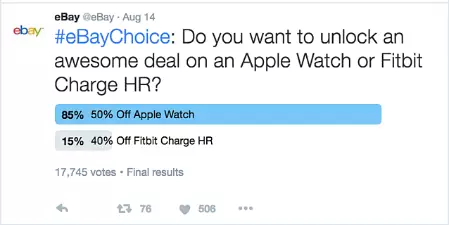
As your followers for feedback! Polls are great for this. See eBay’s example. Use polls when you want to generate buzz for a new product or publicize an event. Have fun with them and don’t take them too seriously. They’re a great way to see engagements.
Twitter can be an incredibly powerful tool to build relationships with your followers and customers. Understanding how the algorithm works is helpful, but there really is no one size fits all strategy. Keep experimenting and trying new things to see what works best for you.
#BraveRiver #BraveBytes #ExperiencePaysDividends #GoBrave #MadeInRI

